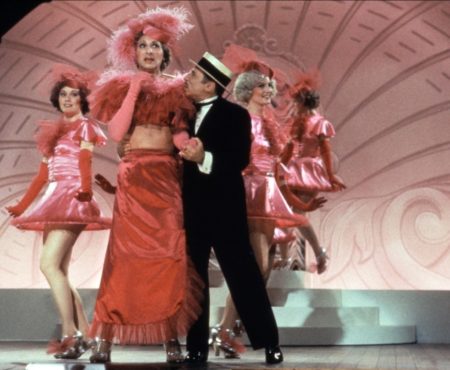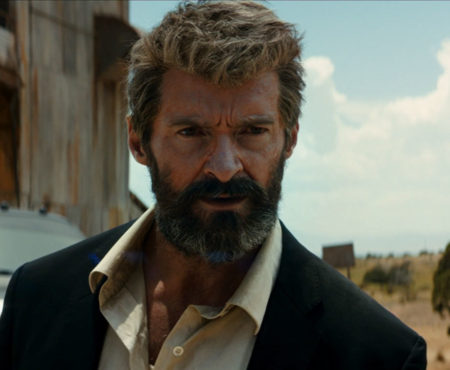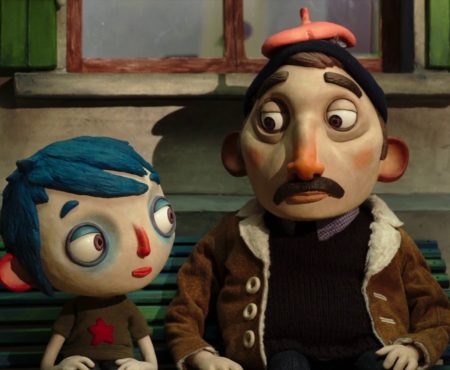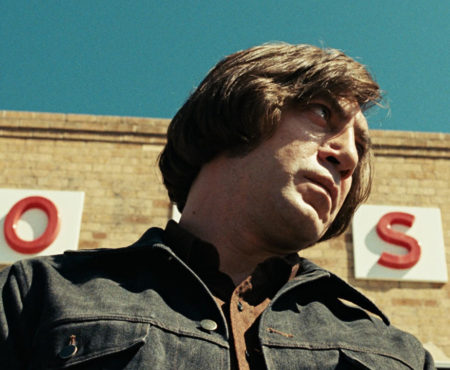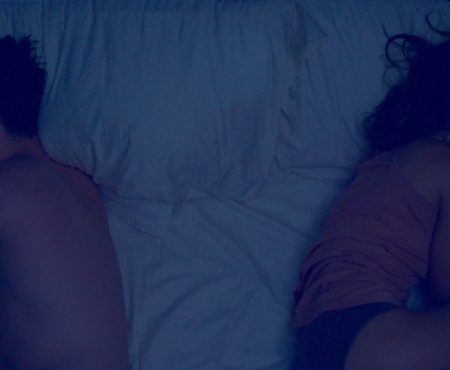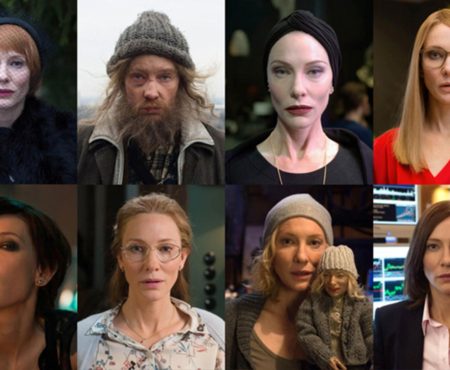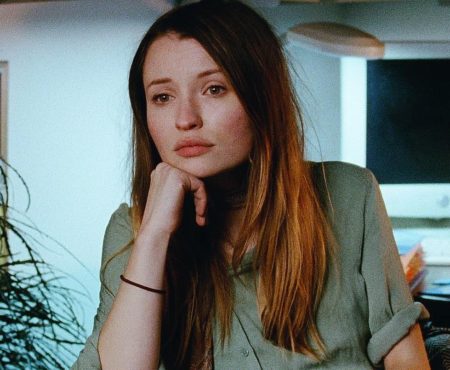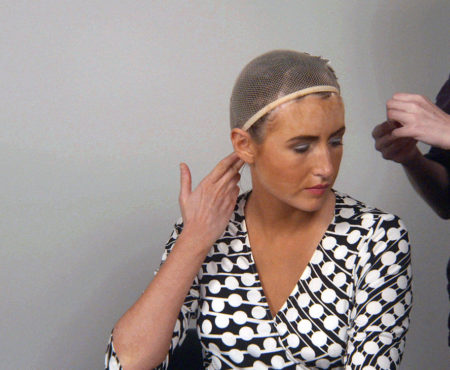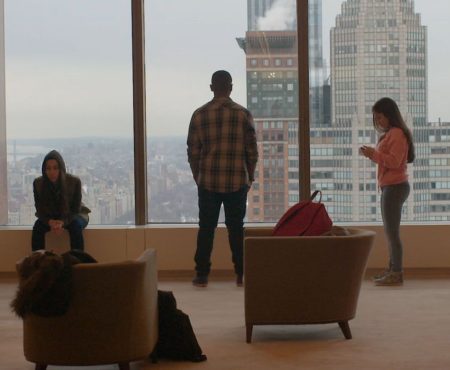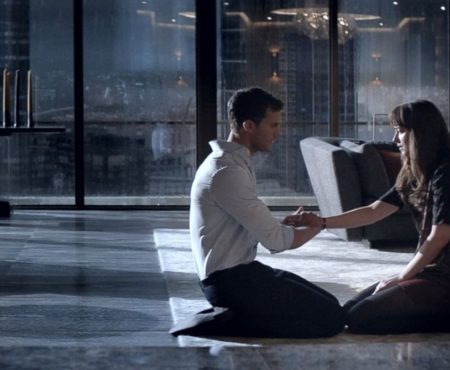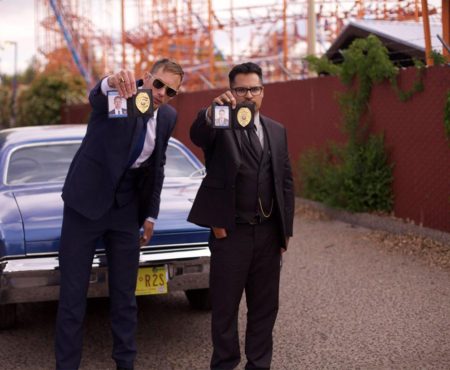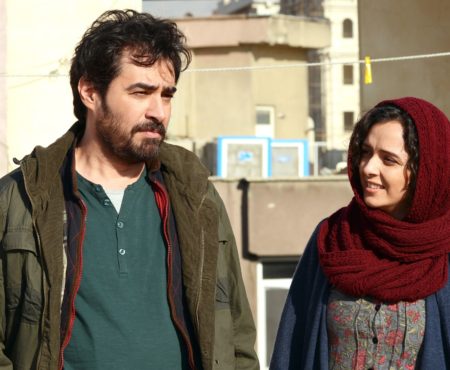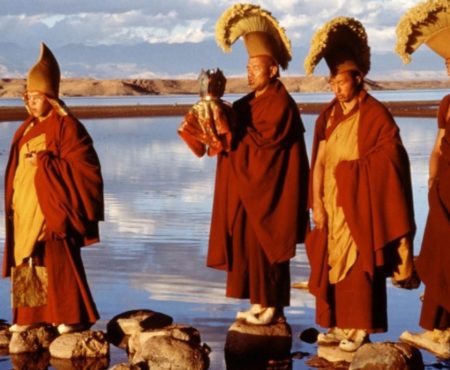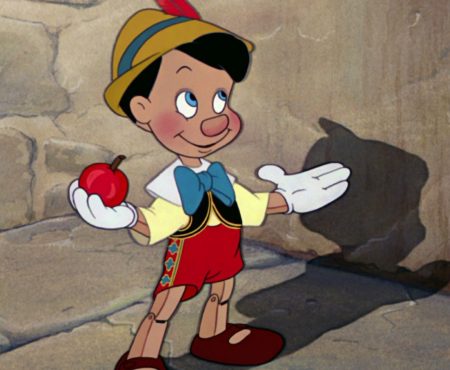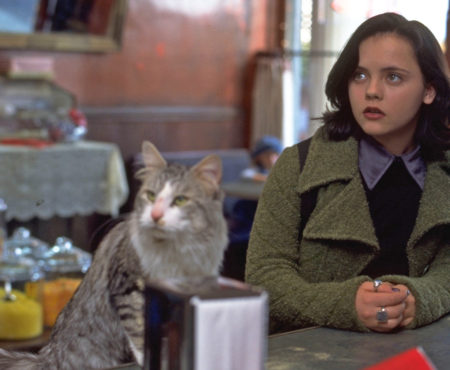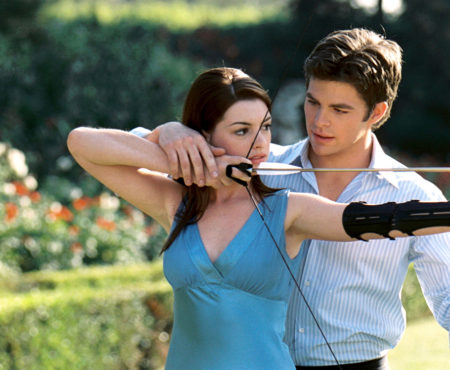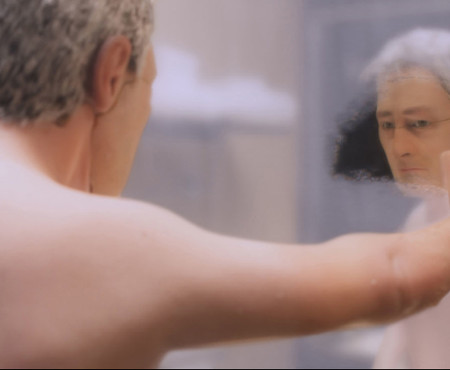Anyone who watched Anna Kendrick in Pitch Perfect or Into the Woods and wished, “Yes, but I want more singing,” should be quite overjoyed at her new film, The Last Five Years. Based on the Off-Broadway musical of the same name, The Last Five Years depicts a relationship during its giddy rise and disastrous fall and does so with very little spoken dialogue over 95 minutes. The true hook of the film, though, is less its modern take on a shaky romance, or the many songs; it’s the film’s nearly Memento-esque chronological structure. The half that focuses on Kendrick’s Cathy starts at the acrimonious end of their marriage and rewinds to the salad days, while the half focusing on Jeremy Jordan’s Jamie moves forward from their good times and closes with him leaving.
Therein, sadly, also lies the undoing of this film. As much as Kendrick and Jordan are talented performers (although Kendrick remains slightly more charismatic than her co-star), there’s very little about this story that feels remarkable or impressive in any way. But writer-director Richard LaGravenese and DP Steven Meisler visually convey an extreme level of intimacy; the camerawork is so up-close that the lens threatens to bump into the performers’ faces at times. Although the aesthetics are a bit messy (potentially a sign of a quick-and-cheap production), the cinematography is also the most memorable aspect of The Last Five Years. One of the final shots, in which Cathy sings happily of this new man in her life outside her townhouse as Jamie, inside the townhouse, begins writing a letter goodbye to his wife, is sensational.
Kendrick and Jordan are fine leads. The entire production rests on their shoulders, as the other actors only exist on the periphery. (These characters have either no dialogue, or it’s heard sometimes as background noise.) Jordan is especially believable in depicting Jamie’s arc. He plausibly evolves from a hot young writer whose consequent fame causes him to be tempted woman in spite of having the loving, if frustrated, Cathy waiting for him at home. And Kendrick, playing a struggling actress, is quite good, even if it’s a bit difficult to buy that bored Broadway directors would frequently reject someone with such natural and winning spirit. But even this duo can only breathe so much life into the clichéd characters they embody: the hotshot whose talent is exceeded by his appetite, and the wannabe ingénue who can’t catch a break.
What’s more, because of the setup–the first scene begins with Cathy reading the letter Jamie writes in the last scene–there’s not much of insight within the paltry plot. Instead, The Last Five Years feels more like a puzzle that’s less fascinating as the pieces fall into place. Thankfully, the music itself, by Jason Robert Brown, is a fine blend of styles and never becomes too mopey even in the darker sections. Kendrick and Jordan are expertly cast and LaGravenese, along with that extra-intimate cinematography, does his best to enliven a minimalist stage show. But The Last Five Years, by tying itself to such a high-concept setup, feels more inevitable than invigorating.
